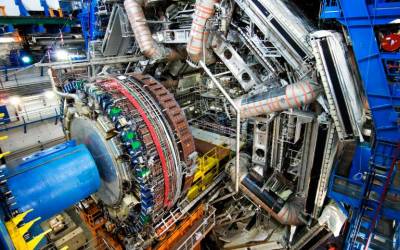Basil Hiley Memorial Symposium: 30th June 2025 (UCL)
A Symposium in memory of Basil Hiley is being hosted at UCL on 30th June.
All are welcome to attend.
For further details, including directions, registration and agenda,
please see the Symposium Indico page.
















